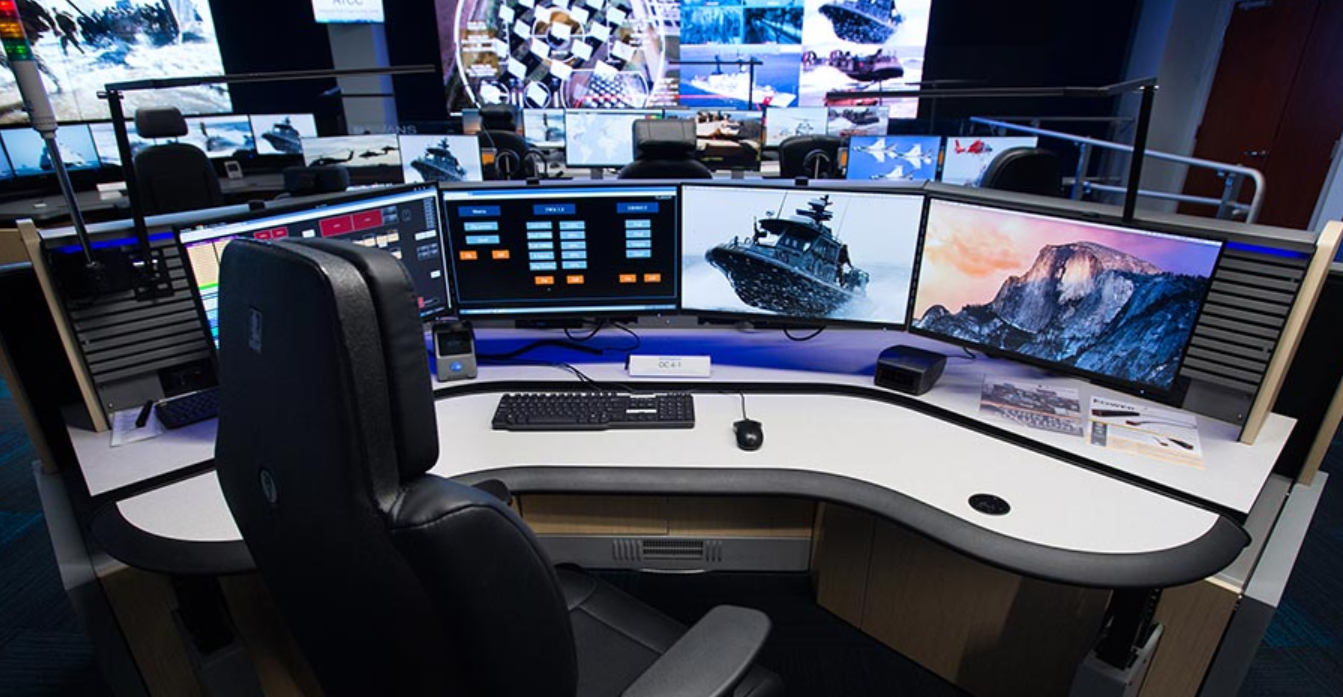Setting up a professional control room or operations center involves more than just placing monitors and computers in a room. It’s a systematic process that requires detailed planning, the right equipment, and a layout that promotes efficiency and responsiveness. Below, we dive into the essential steps and considerations to ensure your room is top-notch. Keep reading for practical insights into creating a control room that meets professional standards.
Understanding the Essentials of a Professional Control Room
Before plunging into the logistics of setting up a control room, it’s vital to understand its core functions. A professional operations center serves as a command center where vital information is monitored, processed, and acted upon. This central hub must be designed to accommodate the unique workflow of its operators, allowing for real-time monitoring and swift decision-making.
Several essential elements must be considered, such as soundproofing, lighting, and climate control. The goal is to create an environment that minimizes stress and fatigue. Additionally, the design should consider future scalability, ensuring that space can adapt to evolving technology and operational requirements.
Selecting the Right Equipment for Your Setup

The selection of equipment for your room is paramount and should be tailored to its specific operations. The centerpiece of most operations centers is the video wall that displays crucial data and video feeds. High-resolution monitors with minimal bezels are preferred to provide seamless views. Ergonomics also come into play when selecting chairs and workstations that will support staff during long hours of operation.
Functionality should not come at the cost of comfort. Investing in public safety control room furniture is vital for maintaining focus and efficiency during extended periods of use. Console desks should offer flexibility, allowing operators to adjust their working positions and reduce physical strain.
The choice of computers and servers should hinge on reliability and speed. Opt for high-performance machines that can handle the processing demands of multiple inputs and complex computations. Redundant systems are also a key consideration, ensuring there’s no single point of failure that could compromise control operations.
Designing an Ergonomic Layout for Maximum Efficiency
An ergonomic room layout is crucial for operational efficiency and the well-being of the workforce. The arrangement of consoles should facilitate easy communication and collaboration among team members. At the same time, it should allow for individual focus without unnecessary distractions.
The positioning of screens, workload distribution, and the ease of access to essential controls are all vital facets of an ergonomic layout. These considerations reduce physical strain and help prevent costly errors. Workspaces should be modular, enabling them to be reconfigured as necessary to meet changing operational demands.
User comfort can affect vigilance and efficiency. Therefore, the layout should include provisions for personal space, ambient lighting that reduces eye strain and noise control measures. An environment that promotes comfort is one where staff performs at their best.
Best Practices for Security and Access Control

Security is a cornerstone of any professional operations room. Not only must the infrastructure be secure, but also access to it. Implementing best practices for access control ensures that only authorized individuals are allowed into the room. Biometric systems and keycard access are common methods that provide a high level of security assurance.
The room should also be equipped with surveillance systems to monitor for any unusual activities within and around the facility. These systems act as both a deterrent and an early warning system for potential security breaches. Furthermore, having voice evacuation systems in place is essential for the safety of personnel in emergency situations.
Internal security procedures should be clearly defined and regularly reviewed. Regular security drills and training ensure that personnel know how to respond to a variety of situations. It’s also important to have contingency plans in place for equipment failure or other unforeseen events that could impact operations.
Overall, the intricate task of setting up a professional operations room intertwines the need for technical precision with the necessity for human-centric design. Achieving a balance between advanced technological infrastructure and a supportive work environment is imperative for the successful operation of any control room.

